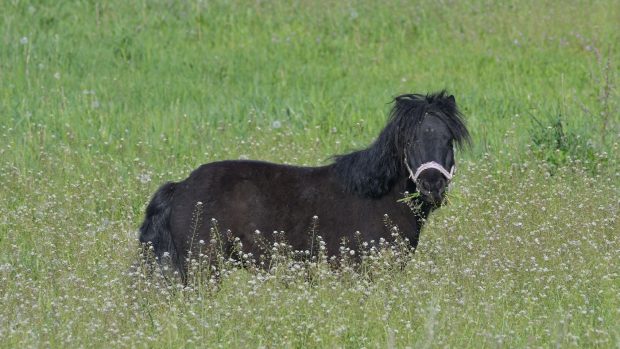Expert advice from HORSE magazine on the best way to introduce a new horse to his companions
Q: We are having problems introducing a gelding that has recently arrived at our yard to a mare and a gelding that are used to being turned out together.
We have turned the new horse out in a paddock next to the other two horses, but they seem unwilling to accept him and charge towards the fence if he approaches.
The horses will all eventually have to be turned out together, especially when the grazing becomes more restricted. How can we get the horses to accept each other so they can be turned out together safely?
Liz Clemence BHSII replies: Your settled horses are showing fairly normal behaviour towards the new arrival. It may take a short while for them to accept their prospective companion and establish a new pecking order. The gelding that has been turned out with the mare may also be rather protective of her.
Although there are exceptions, if you deal with this situation tactfully, you are unlikely to have any long-term problems. Create situations that allow the horses to become more familiar and accepting but with the minimum of risk:
- Turning the horses out in adjacent paddocks allows them a chance to become familiar with each other, while minimising the risk of injury.
- If possible, hack the horses out together so they becomemore comfortable with each other in a controlled environment.
- Turn the new horse out initially with just the gelding until they graze happily together, then turn him out with just the mare. This will allow him time to meet his new companions without competition.
- Turn them out when they are hungry and more likely to be interested in grass than in each other.
- When first turning horses out together, choose a day when the weather is fine and someone can keep an eye on them.
Protecting each horse’s legs with boots will offer some support and protection from injury should they kick or gallop about.
A further precaution, though not always practical if a horse is in regular work, is to remove the hind shoes until they are settled.
If the horses really do not accept each other, dividing the field using portable electric fencing is a reasonably cheap option that allows horses to be withinthe same field but without physical contact.
Read more expert advice on equine behavior:




